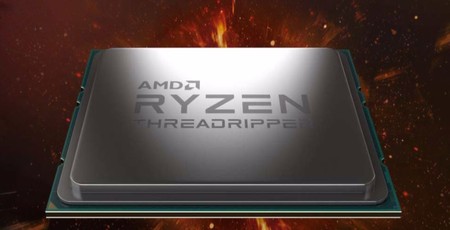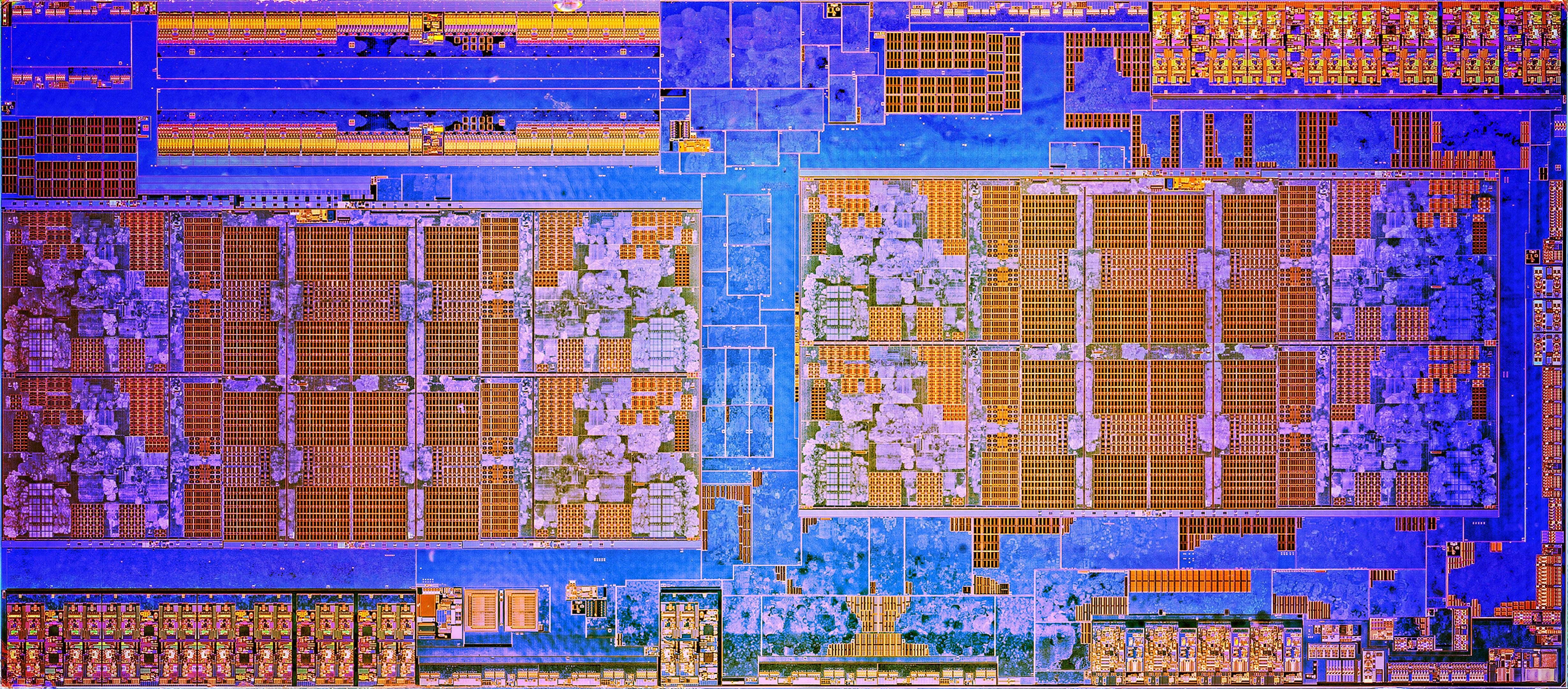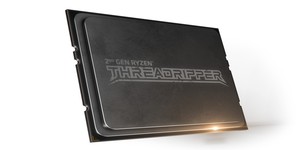
Manufacturer: AMD
UK price (as reviewed): £998.99 (inc. VAT) (Threadripper 1950X); £799.99 (inc. VAT) (Threadripper 1920X)
US price (as reviewed): $999.99 (exc. tax) (Threadripper 1950X), $799.99 (exc. tax) (Threadripper 1920X)
It's easy to assume, given Intel's dominance over the last few years, that its products filled pretty much every niche and price point you would need whether you're a gamer or content creator. However, even before AMD's return to form earlier this year, enthusiasts were crying out for something more interesting than just another quad-core or expensive high-end desktop CPU. We can appreciate Intel's stance that it has made significant headway since Sandy Bridge, but what it can't argue against are the complaints regarding multi-threaded performance and specifically core counts, the latter having been static with Intel's mainstream CPUs for an age.
Ryzen proved a point that enthusiasts wanted more cores, and whether or not they'd actually use them was almost beside the point. As general-purpose CPUs, Ryzen 3, 5, and 7 are compelling processor families and often offer good value too compared to equivalently priced Intel CPUs. As you step up the core counts, Intel has traditionally offered decent boosts to multi-threaded grunt, moving from four cores in the mainstream to now 10 cores with Broadwell-E and initially 10 as well with Skylake-X and the X299 platform, set to increase to a whopping 18 cores before the year is out. This will set you back a cool two grand, though, and even its 10-core CPU, the rather tasty Core i9-7900X, costs £1,000.

It's AMD to the rescue again, though, as it stands to offer 12 cores for just £799 and 16 for £999 with the Ryzen Threadripper 1920X and Ryzen Threadripper 1950X respectively. In terms of core-to-cash ratios, AMD is at a huge advantage here, but while Skylake-X might not offer the same value, AMD won't have it all its own way. Skylake-X has proven to offer excellent IPC and also has decent overclocking headroom, and this will count for a lot more here with so many cores in tow compared to Intel's mainstream platform.
| CPU | Architecture | Cores/Threads | Base Clock | Boost Clock | XFR | L3 Cache | PCIe lanes | TDP | Price |
|---|---|---|---|---|---|---|---|---|---|
| Ryzen Threadripper 1950X | Zen | 16/32 | 3.4GHz | 4.0GHz | 200MHz | 32MB | 64 | 180W | $999 |
| Ryzen Threadripper 1920X | Zen | 12/24 | 3.5GHz | 4.0GHz | 200MHz | 32MB | 64 | 180W | $799 |
| Ryzen Threadripper 1900X | Zen | 8/16 | 3.8GHz | 4.0GHz | 200MHz | 16MB | 64 | 180W | $549 |
There are some fairly easy comparisons to make, too - £999 is the RRP of both Intel's 10-core and AMD's 16-core CPUs, and Intel will soon be offering its own 12-core CPU to compete with the Threadripper 1920X. We're looking at the latter today, but the real battle in this review is for the crown of the best £1,000 CPU and whether IPC and overclocking prowess is best or if more cores are the answer.


MSI MPG Velox 100R Chassis Review
October 14 2021 | 15:04








Want to comment? Please log in.